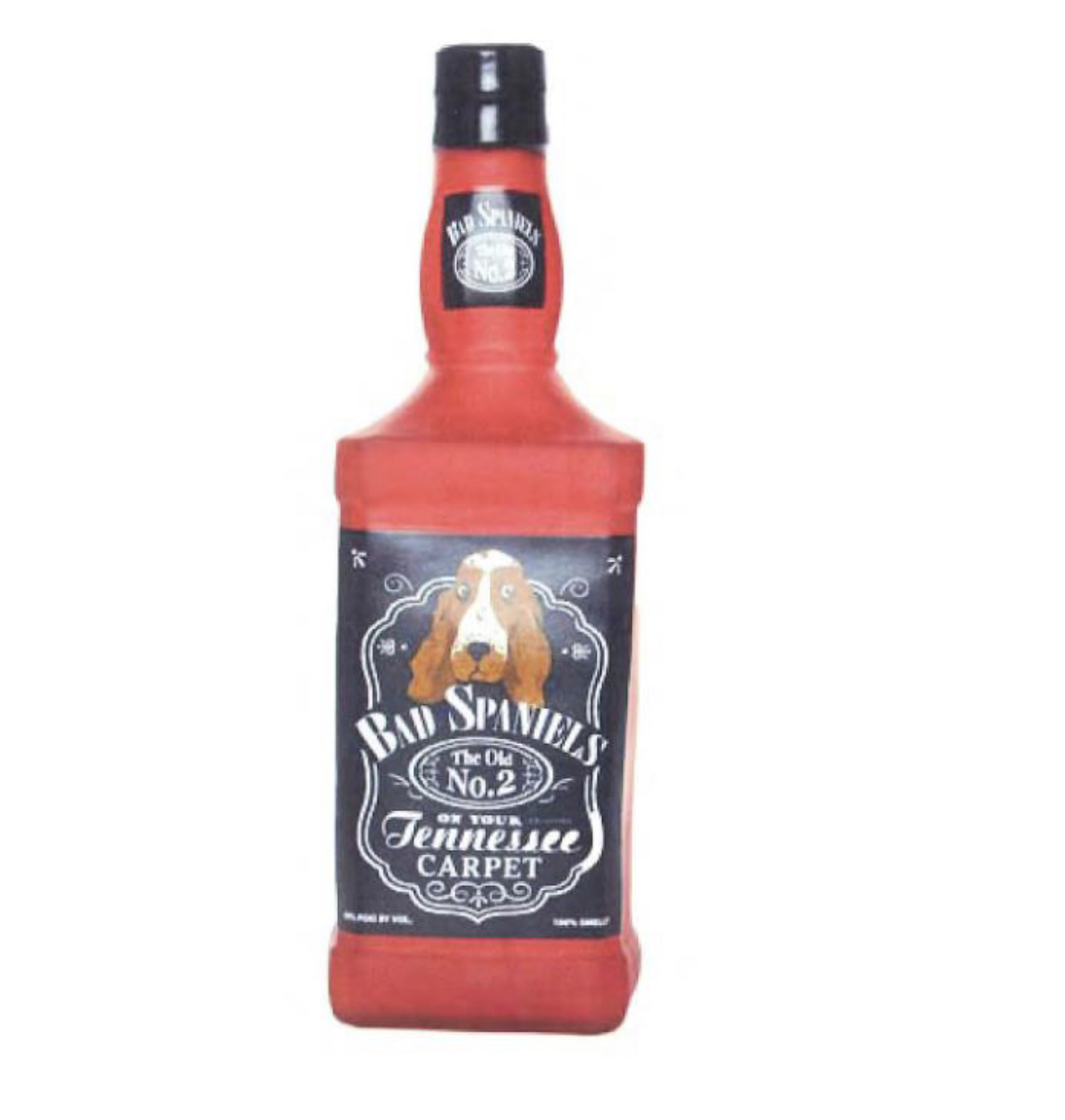CAFC Says PTAB Did Not Err in Holding Private Sale Was Not a ‘Public Disclosure’ Under Prior Art Exception
“The use of the two different phrases—’disclosed’ and ‘publicly disclosed’—suggests that Congress intended the phrases to have different meanings.” – CAFC
The U.S. Court of Appeals for the Federal Circuit (CAFC) on Tuesday issued a precedential decision affirming the Patent Trial and Appeal Board’s (PTAB) invalidation of Sanho Corporation’s patent based on its finding that a key prior art reference was not exempt under 35 U.S.C. § 102(b)(2)(B).
The so-called prior art exception under 35 U.S.C. § 102(b)(2)(B) provides that “[a] disclosure shall not be prior art to a claimed invention under subsection [102](a)(2) if . . . the subject matter disclosed had, before such subject matter was effectively filed under subsection (a)(2), been publicly disclosed by the inventor.”
Sanho argued that the inventor of its U.S. Patent No. 10,572,429 “publicly disclosed” the subject matter of the patent through a private sale of the HyperDrive, a product Sanho claimed embodied the claimed invention, before the effective filing date or the prior art publication (“Kuo”).
Kaijet Technology International Limited, Inc. filed a petition for inter partes review of the ‘429 patent, relying on a combination of prior art for each obviousness ground that included Kuo. Kuo’s effective filing date is December 13, 2016, and the ‘429 patent’s priority date is April 27, 2017. The inventor of the ‘429 patent offered to sell the HyperDrive device to Sanho’s owner on November 17, 2016, and Sanho placed an order for 15,000 HyperDrive units on December 6, 2016. The inventor’s company, GoPod Group Ltd., accepted the offer and thus this constituted an actual sale. The PTAB ultimately determined that this did not constitute a public disclosure satisfying the exception under section 102(b)(2)(B) because there was no evidence it was publicized in any way.
On appeal, Sanho argued that “[t]he Board’s failure to find that the HyperDrive sale to Sanho itself constituted a public disclosure under 35 U.S.C. § 102(b)(2)(B) was legal error.”, Kaijet in turn countered “that, even if the HyperDrive embodied the relevant features of the claimed invention, the sale did not publicly disclose the relevant subject matter for purposes of section 102(b)(2)(B) because the relevant features of the claimed invention were not sufficiently publicized to render the subject matter ‘publicly disclosed.’”
The CAFC rejected Sanho’s view that the term “publicly disclosed” should be understood to include all of the types of “disclosures” referenced in section 102(a)(1), “including situations in which the invention was ‘on sale.’” Sanho also pointed to Helsinn Healthcare S.A. v. Teva Pharmaceuticals USA, Inc., which said a private commercial sale constitutes a disclosure under section 102(a)(1).
First, the court said the term “publicly disclosed,” used in section 102(b)(2)(B), is not the same as the word “disclosed,” used elsewhere in the statute. “The use of the two different phrases—’disclosed’ and ‘publicly disclosed’—suggests that Congress intended the phrases to have different meanings,” said the opinion. Since “[w] e assume Congress means what it says and says what it means,” added the court, it rejected Sanho’s contention that the plain language of the statute supports its reading, determining that it actually “points strongly in the opposite direction.”
The court went on to explain that section 102(b)(2)(B) is meant to protect an inventor who has made their invention available to the public as part of the “patent bargain” contemplated by the patent law in the first place. It also pointed to the legislative history, which requires that a public disclosure be made available to the public. Sanho attempted to argue that judicial interpretations of “public use” had been incorporated into the definition of “publicly disclosed,” supporting a reading that public use is a “‘public’ disclosure under 35 U.S.C. § 102(b)(2)(B) so long as the recipient of the device is not subject to secrecy obligations.” But the court again rejected this conflation of sections 102(b) and 102(a).
The sale in question was made by the inventor via WeChat and a private version of the HyperDrive was mailed to Sanho by private courier. It was unclear if the order was ever fulfilled, and “[a]lthough there was no confidentiality or nondisclosure agreement, there was no teaching of the features of the invention to others beyond Sanho,” wrote the court.
Since the sale at issue was private and did not “publicly disclose” the subject matter of the invention, the CAFC said the PTAB did not err in finding Kuo to be prior art.
The opinion ended with a note that the court “need not decide exactly what is necessary for demonstrating that a sale publicly disclosed the relevant subject matter, or whether to apply the prevailing standard for when a printed publication is sufficiently publicly accessible to qualify as prior art….”
Image Source: Deposit Photos
Author: NiceIdeas
Image ID: 421287828
Eileen McDermott
Eileen McDermott is the Editor-in-Chief of IPWatchdog.com. Eileen is a veteran IP and legal journalist, and no stranger to the intellectual property world, having held editorial and managerial positions at […see more]







